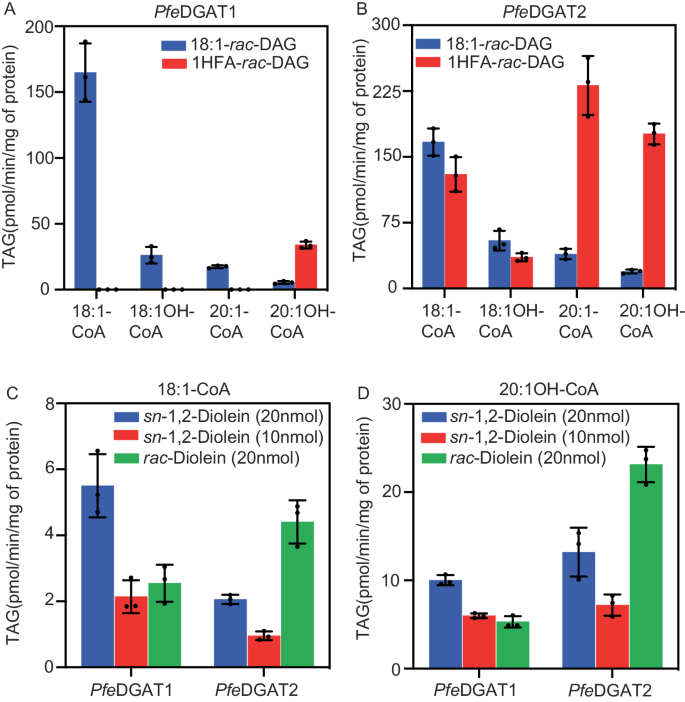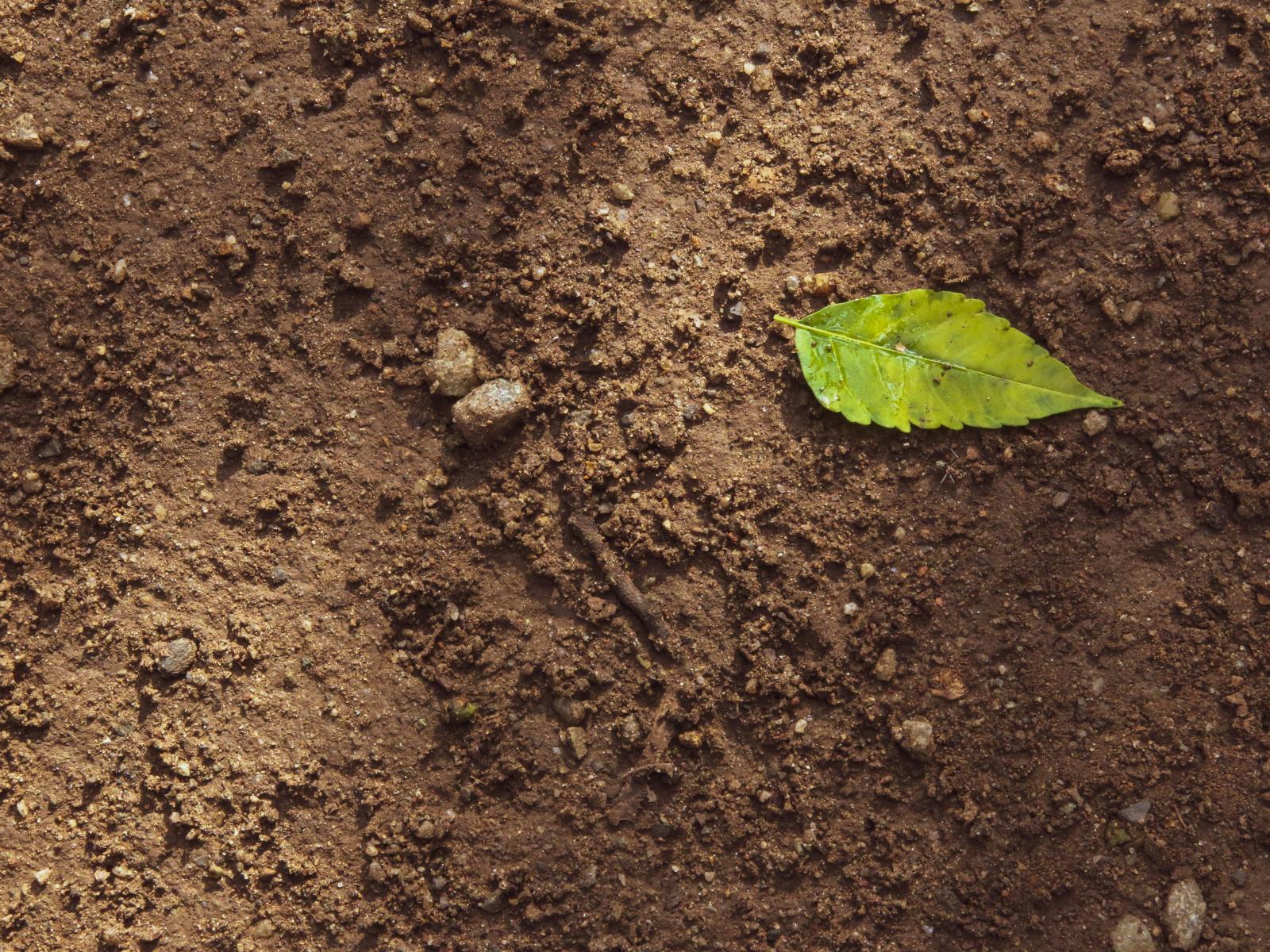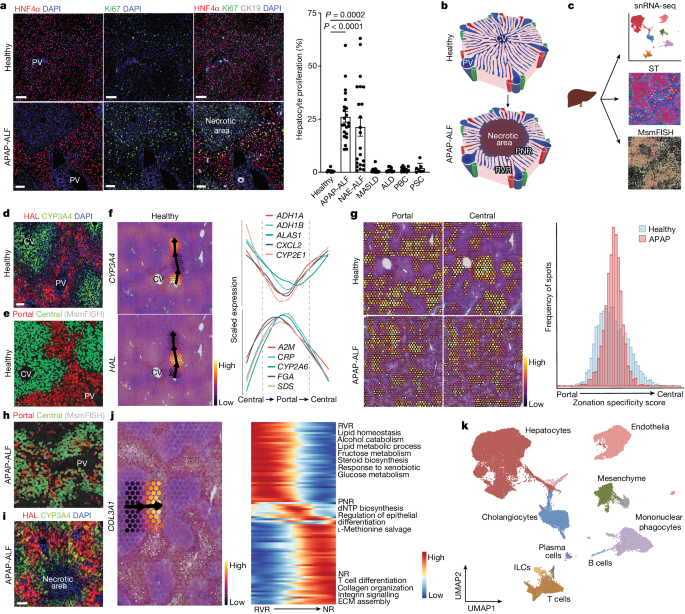2024-04-30 ワシントン州立大学(WSU)
<関連情報>
- https://news.wsu.edu/press-release/2024/04/30/discovery-of-mechanism-plants-use-to-change-seed-oil-could-impact-industrial-food-oils/
- https://www.nature.com/articles/s41467-024-47995-x
珍しい脂肪酸含有油を合成するトリアシルグリセロールリモデリング機構を同定 Identification of triacylglycerol remodeling mechanism to synthesize unusual fatty acid containing oils
Prasad Parchuri,Sajina Bhandari,Abdul Azeez,Grace Chen,Kumiko Johnson,Jay Shockey,Andrei Smertenko & Philip D. Bates
Nature Communications Published:26 April 2024
DOI:https://doi.org/10.1038/s41467-024-47995-x

Abstract
Typical plant membranes and storage lipids are comprised of five common fatty acids yet over 450 unusual fatty acids accumulate in seed oils of various plant species. Plant oils are important human and animal nutrients, while some unusual fatty acids such as hydroxylated fatty acids (HFA) are used in the chemical industry (lubricants, paints, polymers, cosmetics, etc.). Most unusual fatty acids are extracted from non-agronomic crops leading to high production costs. Attempts to engineer HFA into crops are unsuccessful due to bottlenecks in the overlapping pathways of oil and membrane lipid synthesis where HFA are not compatible. Physaria fendleri naturally overcomes these bottlenecks through a triacylglycerol (TAG) remodeling mechanism where HFA are incorporated into TAG after initial synthesis. TAG remodeling involves a unique TAG lipase and two diacylglycerol acyltransferases (DGAT) that are selective for different stereochemical and acyl-containing species of diacylglycerol within a synthesis, partial degradation, and resynthesis cycle. The TAG lipase interacts with DGAT1, localizes to the endoplasmic reticulum (with the DGATs) and to puncta around the lipid droplet, likely forming a TAG remodeling metabolon near the lipid droplet-ER junction. Each characterized DGAT and TAG lipase can increase HFA accumulation in engineered seed oils.


